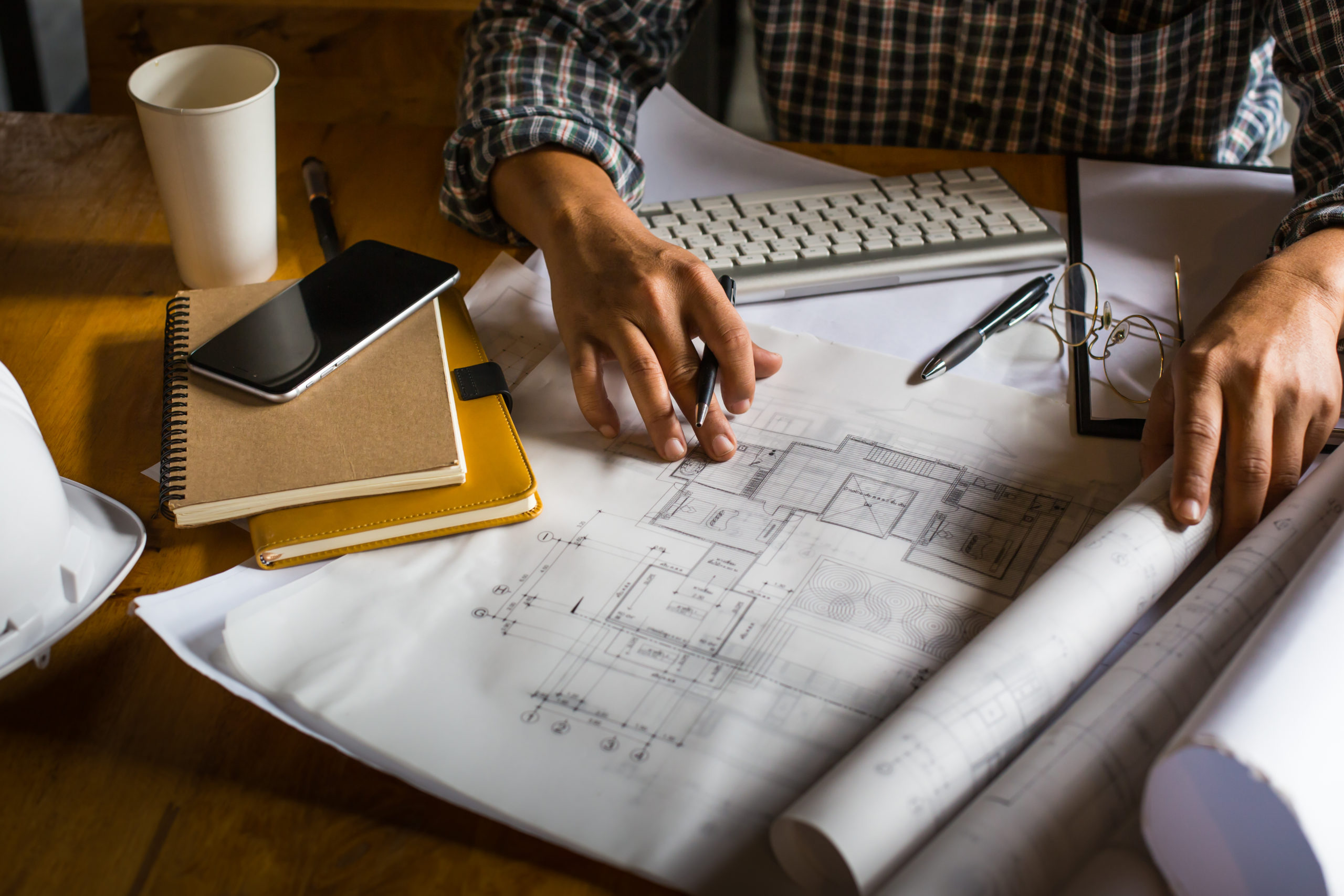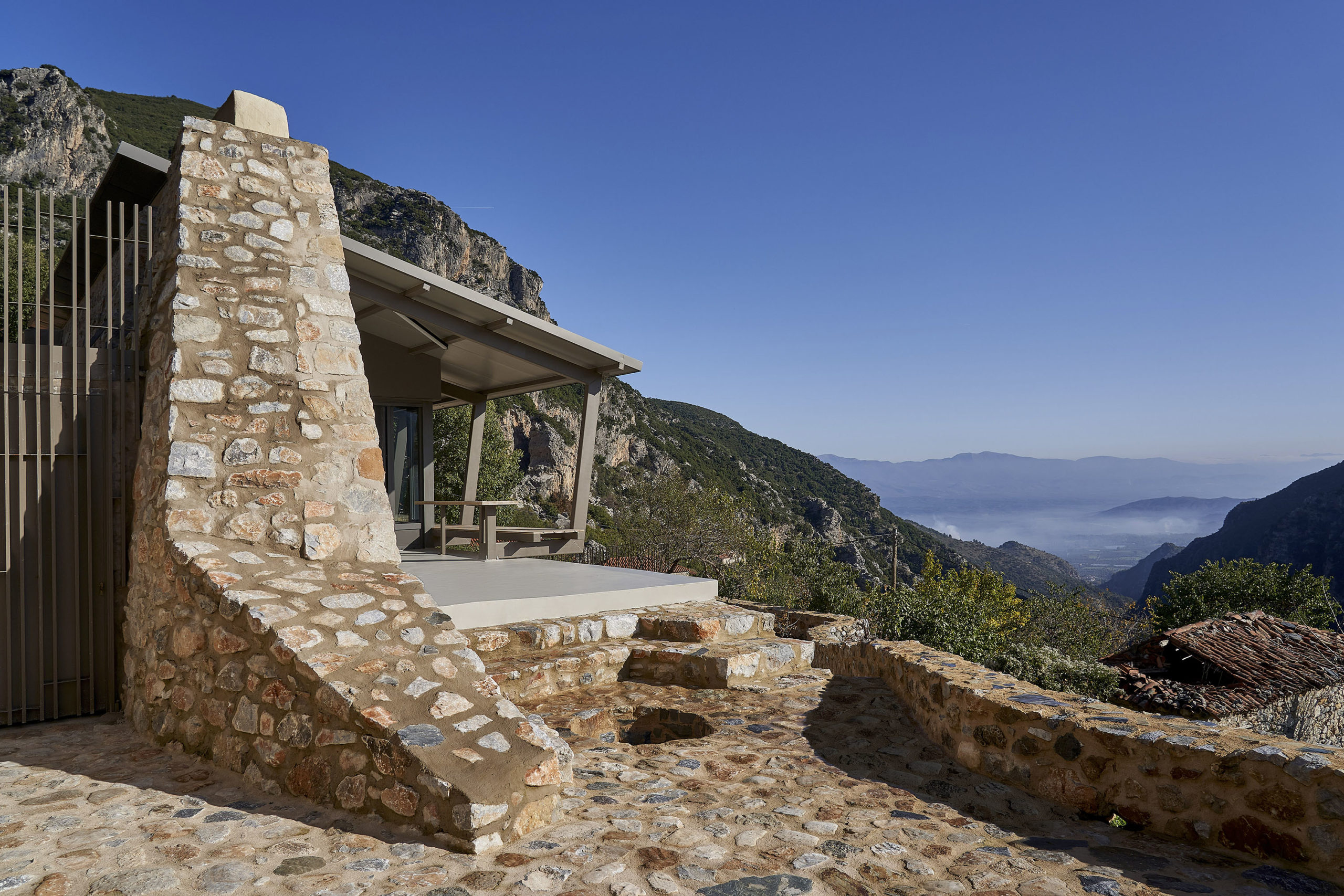Architects: Want to have your project featured? Showcase your work by uploading projects to Architizer and sign up for our inspirational newsletters.
The deadline is approaching; printouts are strewn across every surface while hands and wrists are stained with ink. Coffee cups have long since been abandoned to be replaced with stacks of aluminum cans once full of liquid energy. Shoes are discarded in a corner, now hindering the never-ending trips to the copy machine, and tired eyes have been rubbed red raw, contact lenses replaced by spare glasses found in a drawer. Fingers and shoulders are cramped and frozen thanks to hours of endless CAD, but there is no end in sight: spines feel like they will never straighten again. The diet of cold, stale carbohydrates does nothing for the looming cloud of anxiety — What if I still haven’t done enough?
I doubt there’s no person is reading this who doesn’t cringe with the reminder of what it takes to survive the dreaded all-nighter, architect or otherwise. If you’re lucky, your last was many years ago, or more likely; it’s precisely what is on the cards for Thursday evening and the foreseeable future. The fact is, all-nighters have become part of many working strategies and architectural practice is particularly susceptible. It’s quite easy to say, “Just don’t do it; get a handle on your time management, and you won’t need to do all-nighters.” But you see, it’s not so simple.

Photo by DCStudio
There are many reasons someone might legitimately need to do an all-nighter; maybe everything was put off until the last minute, there was a family emergency, you got sick, or perhaps you wanted to explore a different direction halfway through your process. Maybe you faced the ever stomach-churning, failed backup dilemma. Throughout my own career, at one time or another, yes to all of the above.
That being said, if you’re honest with yourself, the reason you’re most likely doing an all-nighter is that you believe the work could be better, and there is still time to make it so. In almost all design processes, the end is not until after the moment the work is issued and handed over. Prior to that, there is inevitably something more that could be done, lighting that can be tweaked, drawings that can be re-checked, line weights that can be altered, whatever it is, there is always a next step on the “if we have time list.” There it is; the reason so many of us get caught up after hours —it’s that we can.
Architectural studies are undoubtedly demanding. Courses are specifically designed to prepare students for the realities of practice while learning the craft that is architecture. Tutors and professors are typically practicing architects who are given a platform from which they share their experiences and heed warnings of what to expect “in the real world.” The thing is, college and university are the real world. Students, would you believe it, are real people, and the effects of doing an all-nighter are the same on them as any of the rest of us. All-nighters have highly damaging effects on how we function. Altogether skipping a night of sleep can harm your thinking, cognition, mood and emotions, leading to diminished physical well-being.

Photo by snowing
Going an entire night without sleep immediately impacts multiple types of brain function. While a total lack of sleep significantly reduces attention span and concentration. It slows our reaction times and impairs logical thinking. Sleep deprivation diminishes our mental organization, making it difficult to follow a series of instructions or tasks. It also prevents creative thinking and innovative problem-solving. In all industries, failure to comprehend these things would be problematic; in architecture, it’s catastrophic.
A night without sleep interferes with our memory. It detracts from working memory—a temporary memory bank that we use for the short term. At the same time, research has found that people who go without sleep are at a higher risk of creating false memories, harming their longer-term recall of important information even after returning to regular sleep. Lack of sleep can affect you forever. Multiple studies have found that pulling an all-nighter causes impairment comparable to being drunk, with studies finding that after 24 hours of sleep deprivation, a person’s mental performance is equivalent to that of someone who has a blood alcohol content (BAC) of 0.10%, well over even the highest legal limit for driving in the United States (0.08%).
So you see, for students, doing all-nighters is not only harmful to their physical and mental well-being but to their careers, studies and futures. How can you be as creative, as innovating as you have the potential to be? How can you absorb all the information you need to learn to be a great architect if you can’t retain any information? Architecture requires being out in the world, seeing and learning. When you are sleep deprived, you take less time to have new experiences.

Photo by tirachardz
In the end, all-nighters contribute to less groundbreaking architects and, in turn, bad architecture. In a world where innovation is the key to evolution, that’s a concern. So does this mean we should stop striving to make our work great, stop pushing to the last minute to make sure everything is as good as it can be? Of course not, but there is a time, and there is a place and that time and place is not at college or university, where students are there to learn, absorb and evolve. For students, it is the people setting the example, the people making the rules and the people establishing the deadlines who need to think about changing what they give weight to. Indeed a creative idea is more valuable than immaculate drawings and models.
Unpaid overtime has been a significant problem in architectural practice. Many well-known industry names are being called out and investigated over a culture of exploitation in the sector’s employment of Part 1 and Part 2 students. Recently these voices are being heard, and it has been announced that the RIBA is planning to ban unpaid overtime at chartered practices in a move that the architecture industry has broadly welcomed. Trickle-down behaviors are passed on from one generation to the next. While changes like these may not help those who are conditioned to believe long hours create better work, there is hope that in time the values of the next leaders in architecture will be more personal and less production.
Architects: Want to have your project featured? Showcase your work by uploading projects to Architizer and sign up for our inspirational newsletters.




